RIDERS OF THE
APOCALYPSE
GERMAN CAVALRY AND
MODERN WARFARE, 18701945
DAVID R. DORONDO
NAVAL INSTITUTE PRESS Annapolis, Maryland
Disclaimer: The statements of fact, opinion, or analysis expressed in this book are those of the author and do not reflect the official policy or position of the Department of Defense, the U.S. Government, or the U.S. Army.
This book has been brought to publication with the generous assistance of Marguerite and Gerry Lenfest.
Naval Institute Press
291 Wood Road
Annapolis, MD 21402
2012 by D. R. Dorondo
All rights reserved. No part of this book may be reproduced or utilized in any form or by any means, electronic or mechanical, including photocopying and recording, or by any information storage and retrieval system, without permission in writing from the publisher.
Library of Congress Cataloging-in-Publication Data
Dorondo, D. R., 1957
Riders of the apocalypse : German cavalry and modern warfare, 18701945 / D. R. Dorondo.
p. cm.
Includes bibliographical references and index.
ISBN 9781-61251086-6 (hbk. : alk. paper) 1. Germany. HeerCavalryHistory20th century. 2. World War, 19391945Cavalry operations. I. Title.
UA714.D67 2012
357'.1094309041dc23
2011051956
 This paper meets the requirements of ANSI/NISO z39.48-1992 (Permanence of Paper).
This paper meets the requirements of ANSI/NISO z39.48-1992 (Permanence of Paper).
Printed in the United States of America.
20 19 18 17 16 15 14 13 12 9 8 7 6 5 4 3 2 1
First printing
TO THE MEMORY OF
LIEUTENANT COLONEL JOHN F. DORONDO, USAF
(19151961)
CHINA MARINE
COMBAT VETERAN
HORSEMAN
And their horsemen shall come from afar: they shall fly as the eagle that hasteth to devour.
They shall come all for violence.
The Book of Habakkuk, I, 89
From all the villages, along all the roads, they come together: wagons, horses, refugees with handcarts. Hundreds. Thousands. Endlessly they stream from north and south to the great east-west road and crawl slowly away, day after day, as though the hoof beat of the horse were the metronome of the hour, the measure of the ages. Behind us crash the waves of war. Before us stretches the infinite succession of wagons. But here there is only the rhythm of the horse's gait, just as it has always gone, imperturbably, for all time.
Marion Grfin Dnhoff, Ritt gen Westen
Die Zeit, 21 March 1946
MAPS
ACKNOWLEDGMENTS
I do hope readers will take a few moments with what follows, for while whatever deficiencies there are in this work remain mine alone, a number of individuals and organizations provided important support to me in the writing of this book. My colleagues in the Department of History at Western Carolina University, notably my Head of Department, Richard Starnes, sustained me throughout with research assistance, kindness, and good humor. CuChullaine and Basha O'Reilly of The Long Riders' Guild gave unfailing encouragement in many ways and opened doors that I did not even know existed. Jeremy James, in The Byerley Turk, wove a tale that has, for reasons of my own, touched me more deeply than he knows. Serena Herter, Tenzin Frisby, and Don Wood placed great trust in me over the years in many ways. They exhibited unfailing generosity to me and my family, and I shall always be grateful. Adam Kane of the Naval Institute Press saw something worthy in this undertaking. To him I owe a particular debt of gratitude, as I do to both Chuck Grear for his fine cartographic skill and Wendy Bolton for her sharp eye and keen instinct for the best words. Seven Meadows Archery of Tacoma, Washington, and Cold Steel, Inc., of Ventura, California, allowed me access to extraordinary mounted weaponry both for this book and for my university course, The Horse in European History. Ashley Evans and Mark Haskett at WCU's Office of Public Information supplied valuable photographic assistance. Much closer to home, Cheri and India endured my equine enthusiasms with more patience, grace, and equanimity than I deserve. I love them dearly and thank them with all my heart. Finally, there are the horses: Grey Action (Frosty), a gentle soul of a Quarter Horse; PMX Tuxedo Junction (Buster), the quintessential Morgan; Midnight's Roxanne (Roxy), a delightfully headstrong Anglo-Arab; andstanding above them allMy Victory (Buddy), a magnificent Irish Thorougbred. As only a horse can, Buddy sees clearly what remains hidden from my sight. He already knows, as of old, what lies beyond those horizons I have yet to cross. His voice comes to me from that distant place, gently urging me on. When the time comes, I pray that I may follow after him and that he will remember me.
CHAPTER 1
THE DAY OF THE HORSEMAN
U ntil its final passing in the 1940s, European mounted warfare constituted a reflection, however distant, of the inheritance of the steppe. Though occurring on battlefields usually very different from the endless grassland stretching eastward from the Black Sea to the Tian Shan and Altai Mountains of China and Mongolia, this warfare nevertheless retained characteristics derived from the horse-cultures of the East: aggression typically paid off; riders could usually outflank fixed defenses; speed and maneuverability remained critical to victory. As is too well known to require elaboration here, the whole of medieval chivalry centered upon the mounted warrior. Later, in the early modern period, the age-old specter of the Ottoman Turkish horseman inspired European emulation not only in the formation of units of hussars and uhlans in Hungary, Poland, and Prussia, but also in the very terminology to describe them and their uniforms. Indeed, after 1870 uhlan became a synonym across Europe for the much-feared German cavalry, regardless of an individual unit's actual designation, while the Polish lancer's czapka, with its flat top and decorative cordage, became perhaps the most distinctive helmet of the modern age. Not even the world wars eliminated the iconic status of the mounted warrior, for horse-cavalry vocabulary carried on in armored formations' names in Great Britain and France. In today's Germany the official heraldic shields (Lnderwappen) of two federal states reflect these ancient equestrian traditions. There one sees very prominently displayed the Saxon Horse and the Westphalian Horse in the armorial bearings of Lower Saxony and North Rhine-Westphalia, respectively.
To be sure, the military and social importance of the horse was also recognized far beyond Europe's bounds. In China, to note but one very distant example, horses, their chariots, andunfortunatelytheir drivers were buried in royal Shang tombs, The Schellenbaum is still used in the Federal German Armed Forces.
Of course, today's most famous remnant examples of mounted soldiers are also to be found in Europe, namely the Household Cavalry of the British Army and the Republican Guard in France. There are also less-well-known European examples to be found in the very successful Irish Defence Forces' Equitation School and the riding curriculum at the Theresianische Militrakademie, Austria's West Point. However, one should also certainly note non-European units such as the Indian Army's President's Bodyguard. The Indian Army also enjoyed, at least as of 2008, the distinction of fielding the only remaining horse-mounted, un-mechanized cavalry regiment in the world: the 61st Cavalry, not surprisingly home to some of the world's best polo players. In the United States, too, the (armored) 1st Cavalry Division still maintains an official Horse Cavalry Detachment for ceremonial purposes, and in the wake of the fighting in Afghanistan in 2001, the U.S. Army's Command and General Staff College at Ft. Leavenworth temporarily instituted a military horsemanship program for Special Operations personnel.


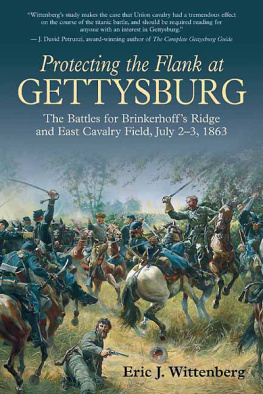


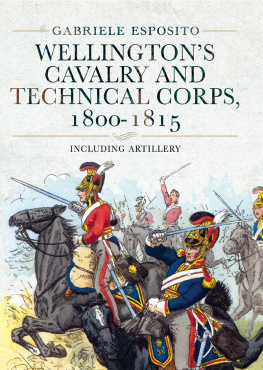
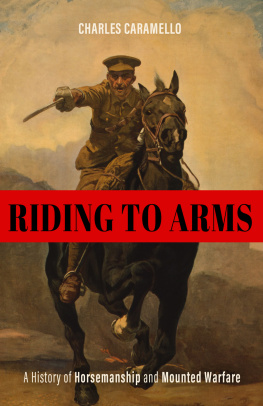
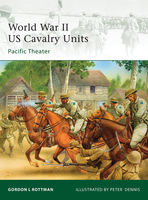
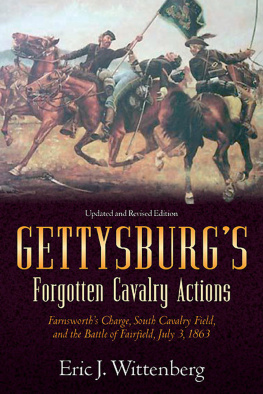
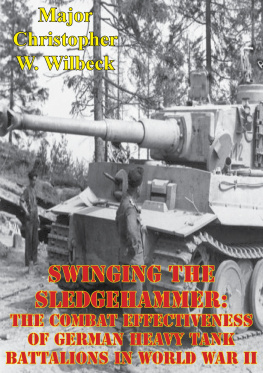
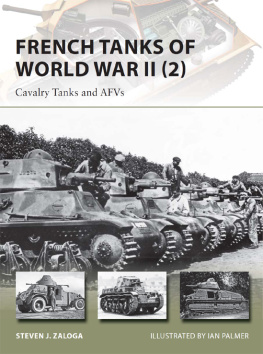


 This paper meets the requirements of ANSI/NISO z39.48-1992 (Permanence of Paper).
This paper meets the requirements of ANSI/NISO z39.48-1992 (Permanence of Paper).